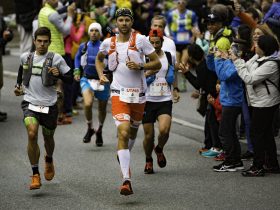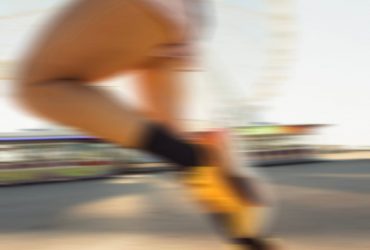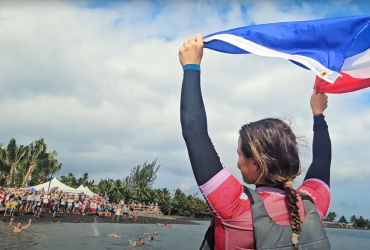In competitive surfing, Africa is poorly represented and the discipline remains largely dominated by Australians, Brazilians and Americans. But the continent can hope to see things change with the Senegalese surfers, some of whom are beginning to make a living from their passion like Chérif Fall, the second surfer from the country to have signed with a major brand in the discipline.
While surfing remains a very Anglo-Saxon sport with a strong predominance of American, Australian and Hawaiian athletes (in addition to the Brazilians who have won four of the last six world titles in the men's category), the Tokyo Olympic Games will allow us to see in the water surfers that we are less used to admiring in the world championship events. The rules established by the IOC provide for a maximum of two athletes per gender and per country. This rule ensures the presence of competitors from countries where surfing culture is less developed. The Japanese Shun Murakami, the Peruvians Lucca Mesinas and Daniella Rosas and the Israeli Anat Lelior are just a few examples.
For the African continent, Morocco's Ramzi Boukhiam and South Africa's Jordy Smith and Bianca Buitendag are surfers who are used to competing in the best competitions. But there are still a few qualifying spots left between now and the Olympics, which will be held at Tsurigasaki Beach near the city of Chiba. The ISA Worlds in El Salvador will be held from May 29 to June 6 and will award the last tickets that will allow lesser-known surfers to see the Japanese capital. Among them, the Senegalese hope to shine in El Salvador.
The country's best representative, Chérif Fall signed a two-year contract with the Billabong brand via its European network at the beginning of January. At 24, he becomes the second Senegalese surfer to sign a professional contract since the pioneering Oumar Sèye, who is none other than the man who trained him. "My dream is to represent Senegal all over the world", he explained to the official website of Billabong. Tokyo 2020. "I know it's a lofty goal, but it's still my dream. Ever since I was little, I used to go to the beach with my mother. I wanted to surf, but my parents wouldn't let me. I used to take pieces of wood to get into the water. There were also other surfers who came to Dakar and broke their boards. I used that to start surfing."
While Tokyo remains a lofty goal for the 2017 African champion, it's also Paris 2024 that he's aiming for in the longer term. The discipline has also been confirmed for this Olympiad, and the Teahupoo spot in French Polynesia has been chosen to host the events. In the women's category, Khadjou Sambe is the leading light of the discipline in Senegal. A surf school coach, she has been surfing since the age of 13 on the spots around the island of Ngor near Dakar. She has received support from the "Black girls surf", which campaigns for better representation of black women in professional surfing. It's thanks to this support that Khadjou Sambe was able to spend a year in California in 2018.
However, places will be hard to come by at the ISA Worlds in El Salvador. Five tickets are up for grabs among the men and seven among the women. As for the discipline's best, 10 surfers from the World Tour (including world champion Ítalo Ferreira, Hawaii's John John Florence and France's Jérémy Flores and Michel Bourez) have already qualified for Tokyo. Eight women from the CT (Championship Tour) have already booked their ticket to Japan (including Private Sport Shop ambassador Johanne Defay from France). In the run-up to next May, Senegal should continue to promote the sport among young people, also with a view to shining at the 2026 Summer Youth Olympic Games, to be held in Dakar, where surfing will be on the program.










